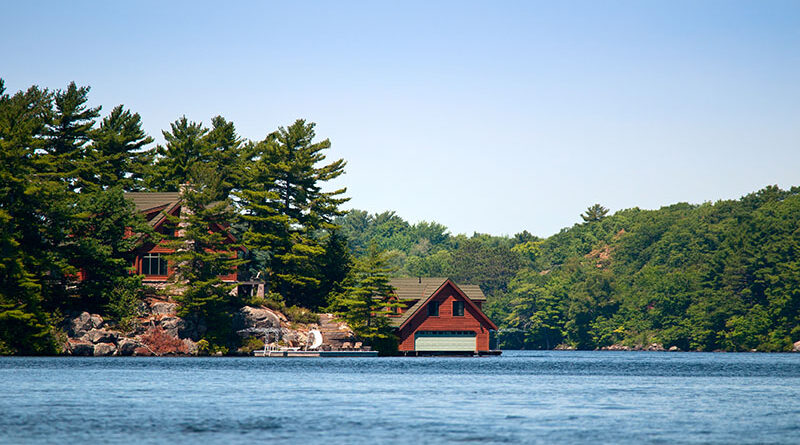The Logistics of Buying a Cottage
The emergence of spring is always stimulating to potential cottage buyers. However, if one is used to life in the city, well, there is much to learn and watch out for when seeking a paradise on the lake.
LOCATION, pardon the cliche, is always the first factor. If you have come to view a cottage to purchase, walk down to the waterfront first. Almost anything can be changed and altered in a home or cottage; the waterfront is what you are paying for, and, for sake of argument, can’t be changed. We love our waterfronts for the joy they give us and our families, but the water courses in Ontario are protected. Always be conscious of too much infrastructure and not enough natural shoreline; it’s important for our eco systems and water courses and that’s why we love going to the cottage.
SHORELINE. Some lakes have unowned shoreline road allowances. It’s quite common, and generally not an issue, just be aware of just how much land you ‘own’.
WATER. Many cottages draw water from the lake, some with heated lines for winter use, and filters for potability; this is perfectly acceptable. Drilled or dug wells provide water from underground, which may or may not require filters or softeners. Any drinking water should be tested regularly through the local health unit. Some cottages draw water from the lake which is not potable and use bottled water for cooking and drinking. Some lenders insist on potable water as their criteria, so it is best to check before an assumption is made about the quality or quantity of water.
SEWAGE. Know the differences between a holding tank for sewage, and a septic tank and tile bed. They are very different, and the maintenance is different on each. Holding tanks require pumping more often – a few times a year- versus a tile bed, or leeching bed, which requires a pump-out every 3-5 years depending on use.
PERMITS. The municipal setbacks from the water and from septics and wells are very specific. Always check with the township before submitting your offer if your intention is to make changes or additions. A “Provincial Significant Wetland” designation is very common in cottage country and it doesn’t have to look like a swamp to fall in that category. Do your due diligence first as to what can and can’t be done.
Most importantly, your cottage should bring you joy, and often a rustic respite from the busy life of the city. It’s best to leave the city behind, and embrace the natural surroundings the Kawarthas has to offer.
PROTECTION. Your local realtor knows the area, they know the nuances of cottage life that may not be evident to someone inexperienced in waterfront cottages. Do your homework and find your dream cottage.
JO PILLON Realtor®
Royal LePage Frank Real Estate Brokerage
705-875-4958 – Direct




